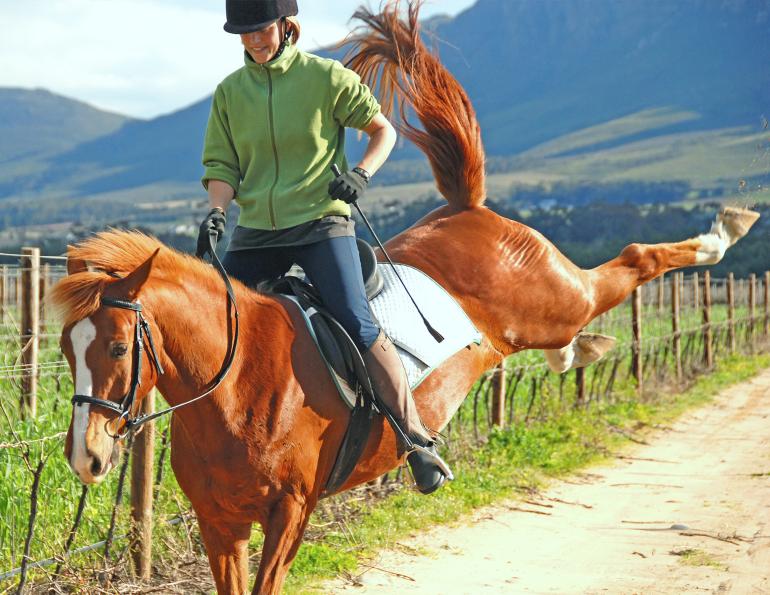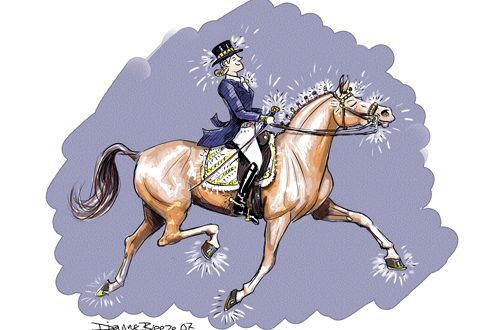
How to Deal with Horse Tension: Execution Secrets
During the master class as part of the tournament «The Dutta Corp. U.S. Dressage Festival of Champions» (США), Laura Graves talked about some of the nuances of working with horses on the example of training Gwendoline Powers on the mare Calliope, Welsh pony breed.
Among other things, Graves gave advice on how to deal with a stiff horse more effectively in order to achieve maximum results. First of all, she asked Gwendoline not to warm up the mare beforehand, so that it would be easier to jointly analyze the problems and questions that had arisen.
- She also said that:
- No need to make a horse object of one’s own concentration.
- Do not think that when working with a tense horse, you can be quickly corrected this.
- You cannot force a horse to come to a place that he is afraid of, and get her to work immediately.
- Start listening to the clatter of hooves, like a metronome.
- Be extremely careful with the pace you give the horse and let him go to the occasion. Lower your arms and spread them wider so that it is easier for her to move.
- Start with yourself. Relax, take your time and focus on controlling the horse’s body without getting in the way with your hands (pulling, pulling).
Photographer: Annan Hepner. Photo courtesy of PS Dressage. Gwendoline Powers on the mare Calliope.
«If you can keep up with the pace, you are well prepared.. Only in this way can you learn to control the topline. By the way, when we are engaged in the process of preparing a horse, we are often afraid that everything looks terrible from the outside, but, in fact, everything is in order! There is nothing ugly about your seat being a little different from what everyone is used to seeing when competing on a finished horse.“, says Laura.
Gwendoline was offered become the main in her pair with a mare. This became necessary at the moment when Calliope became nervous because of the unusual environment around her. «The horse must know that his rider is confident in his actions. “Self-confidence will help her become confident herself and begin to trust you,” Laura said, “Be a little more cunning.”
Moving on to the second step of the lesson, Graves urged the duo to work on straightness and the horse’s ability to self-propell (carry itself) forward at a canter. “Give her more room to move – because you want the horse to moved across the back and away from the hind legs. To make it more straightforward, you must guide it clearly with your leg. Slightly push the mare forward, and then reduce. Pay attention to what you feel. If the rider hangs too much on the inside rein, it only interferes with the independent movement forward, which is achieved by working out transitions” Laura pointed out.
In addition, Laura showed another good exercise that helps to align the horse and teach him to carry himself – counter canter work. “Don’t be afraid to look down at the horse’s neck at this point and lead with the outside rein,” the rider suggests. “Soak the inside rein and push with the inside leg. Push a little more forward. You must be sure that your horse hears your message, but not so much that it literally explodes at the touch or does not react at all, ”the athlete summed up.
Source: www.psdressage.com
Cover photo: dehoefslag.nl





